Key Takeaways
- Use Khapli the same way as regular atta, with tiny tweaks.
- Perfect for rotis, parathas, puris or even bakery products.
- Lighter and gut-friendly compared to regular atta.
So, you’ve got your hands on some Khapli Atta and now you’re staring at the packet like, "Okay, now what?"
Good news: if you know how to use regular wheat flour, you already know how to use Khapli. It’s really that simple.
Not as Fancy as It Sounds
Here’s the thing: you don’t need to turn into a chef overnight. Using Khapli Atta is almost identical to using your regular wheat flour. The process is the same for everyday meals, festive dishes or experiments in the kitchen. You might just need to tweak a few little things to get the hang of it.
Tips & Tricks to Get Started
Add water slowly - Khapli soaks water more gradually than normal atta. Don’t rush, add water bit by bit and knead.
Let it rest - Once you’ve made the dough, let it sit for 15–20 minutes. This helps the gluten relax (and makes softer rotis).
Roll gently - Khapli dough can be a little less stretchy, so don’t wrestle with it. Be gentle while rolling out rotis or parathas.
Use it anywhere - From rotis to parathas, puris or even baking (like breads, pancakes or biscuits), Khapli can replace your usual flour almost everywhere.
Mix it up - If you’re just starting out, try mixing Khapli with your regular atta in a 50-50 ratio. Once you get used to the taste and texture, switch fully.
Why You’ll Love It
Apart from being easy to use, Khapli Atta is lighter on the stomach, high in fibre and low in gluten, which means you feel less heavy after meals. It’s basically your gut’s best friend while still letting you enjoy all your favourite dishes.

Bottom Line
Don’t overthink it. Khapli Atta is just like your regular atta only more wholesome. Swap it into your kitchen routine, experiment with your favourite recipes and you’ll see how naturally it fits in.
So next time you’re making rotis, parathas or even pancakes… just say: "Khapli it is!"


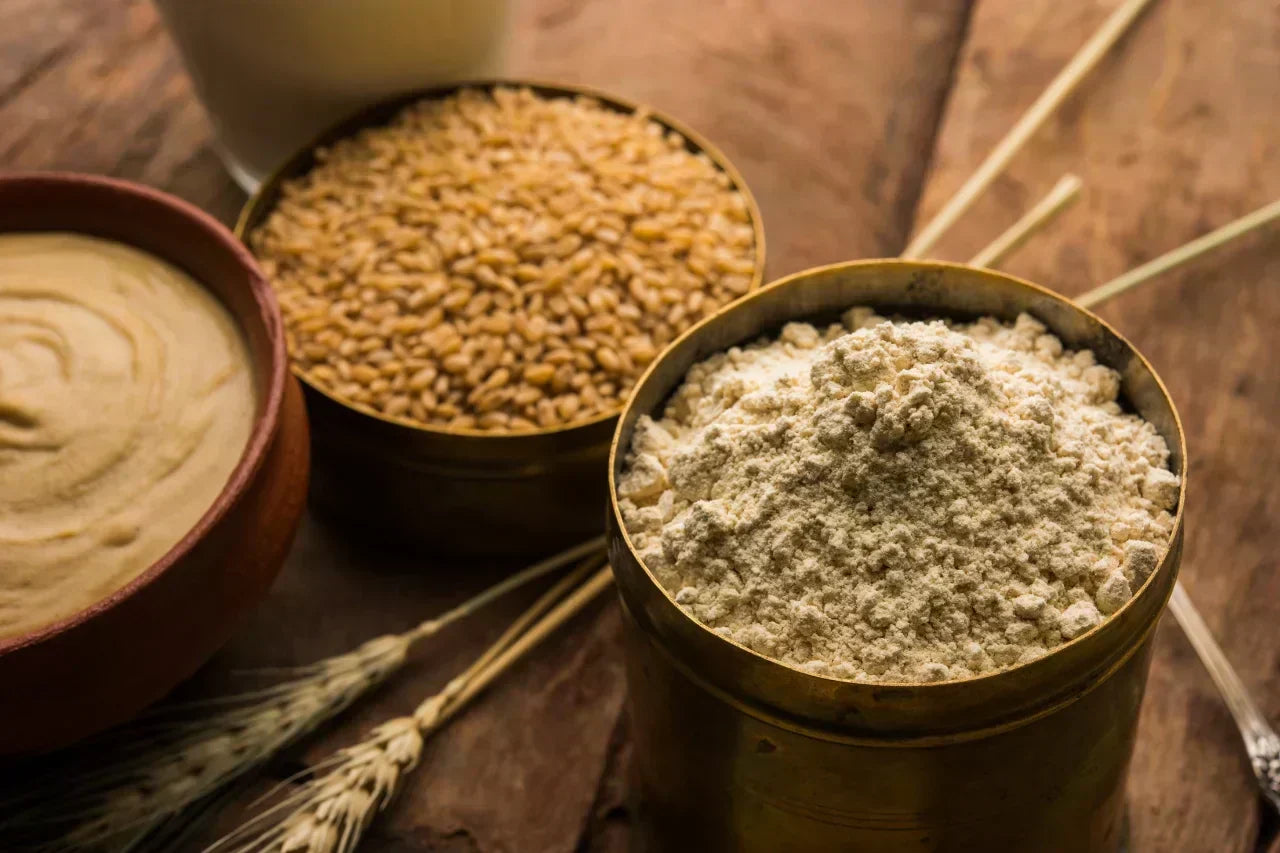

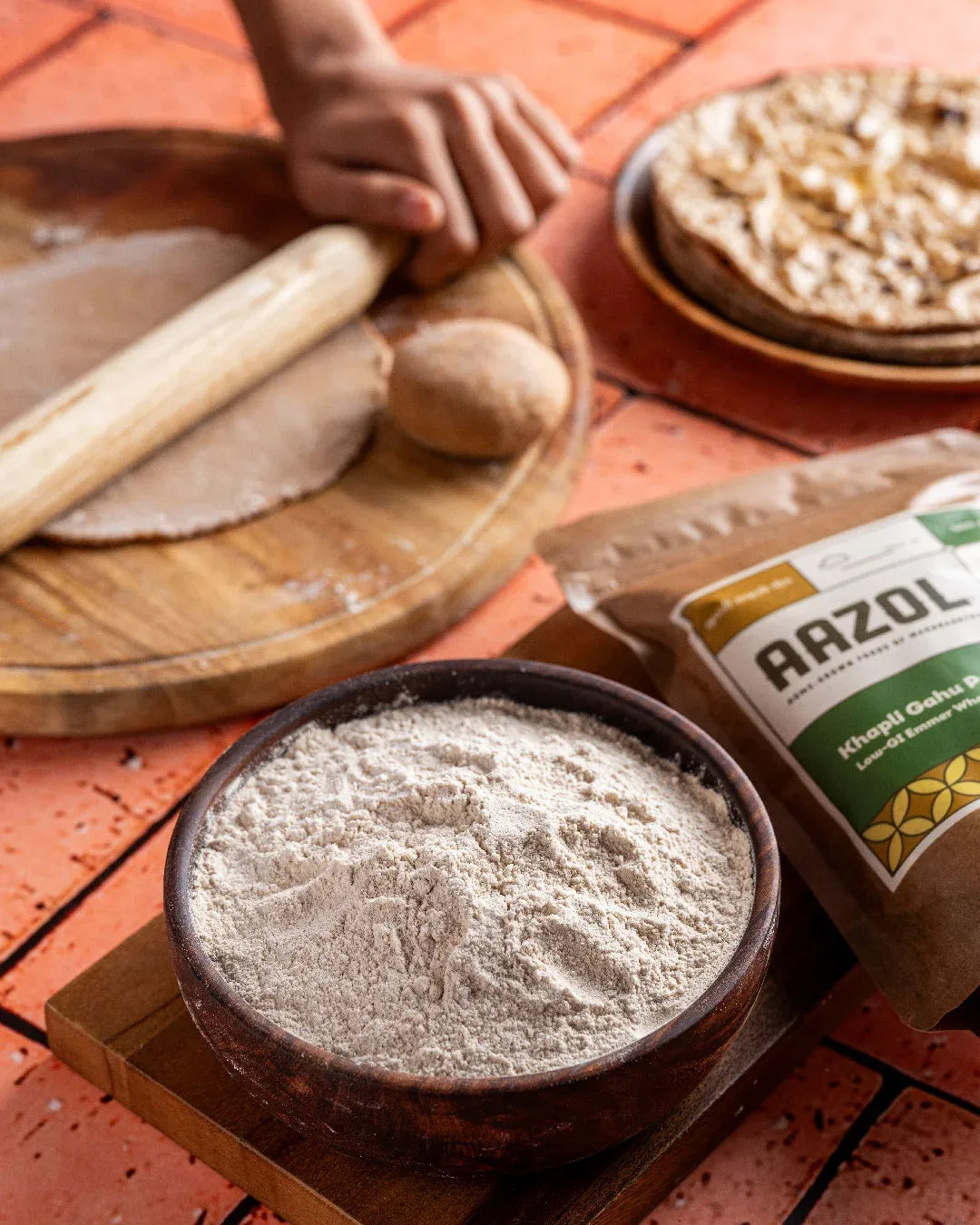
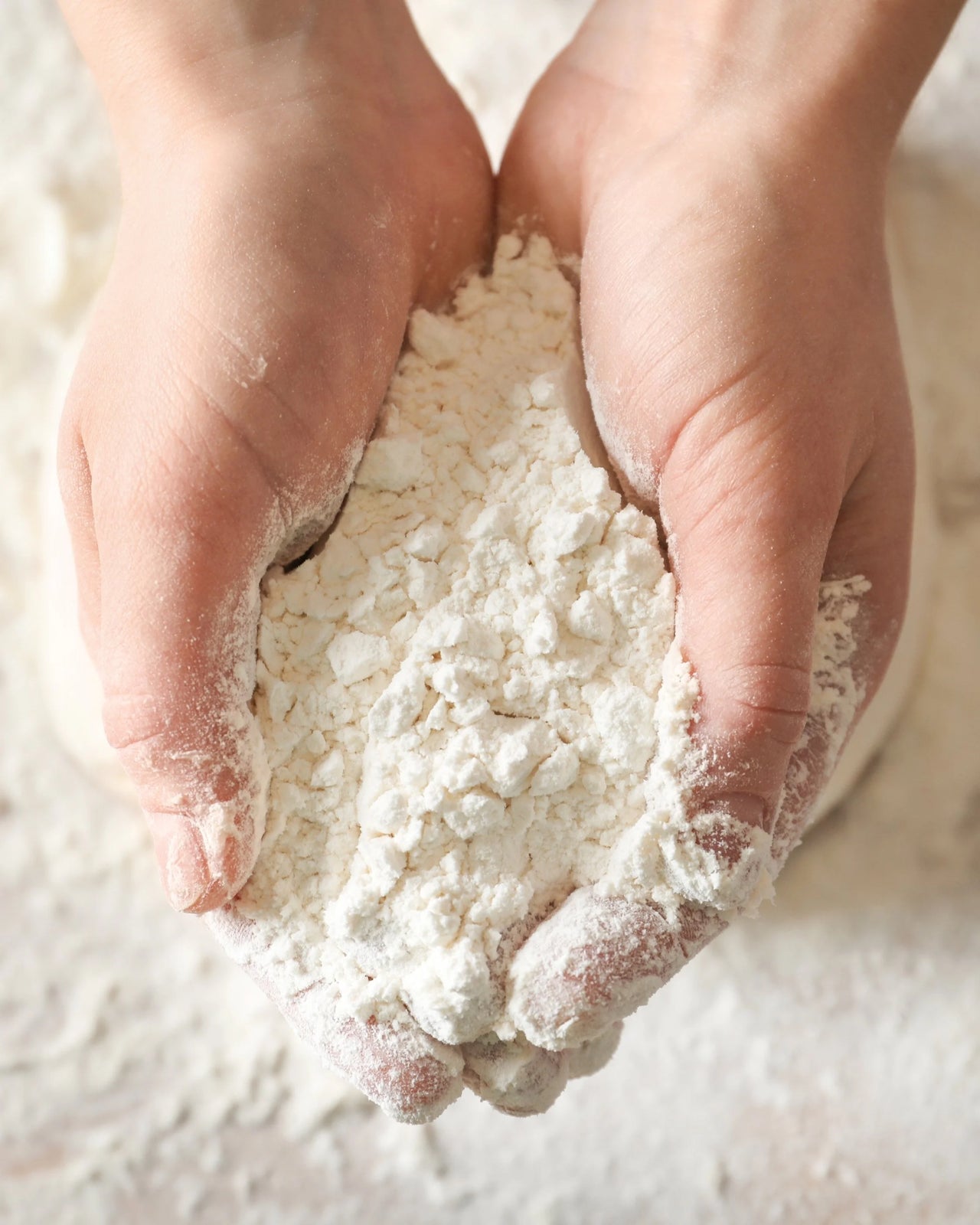

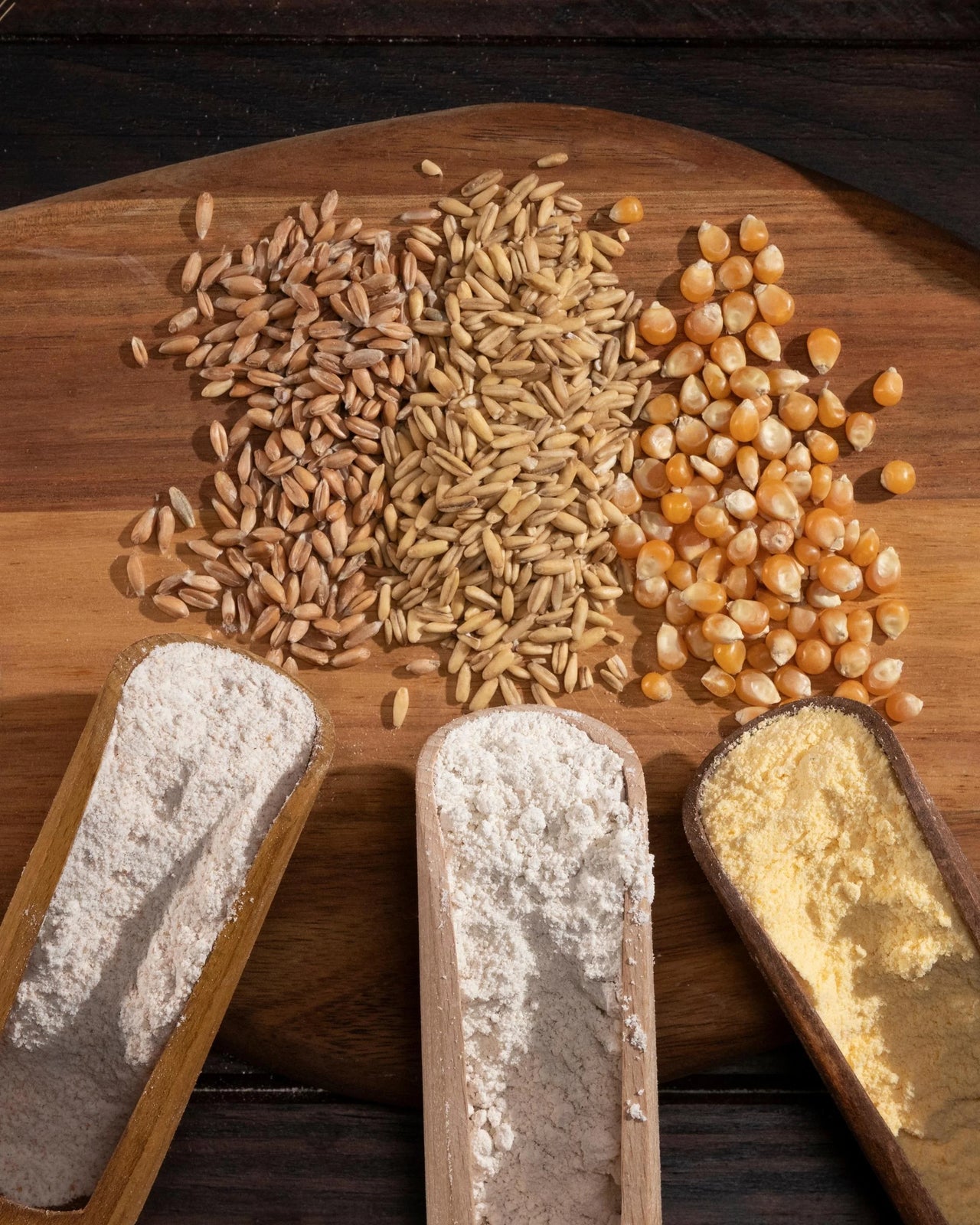

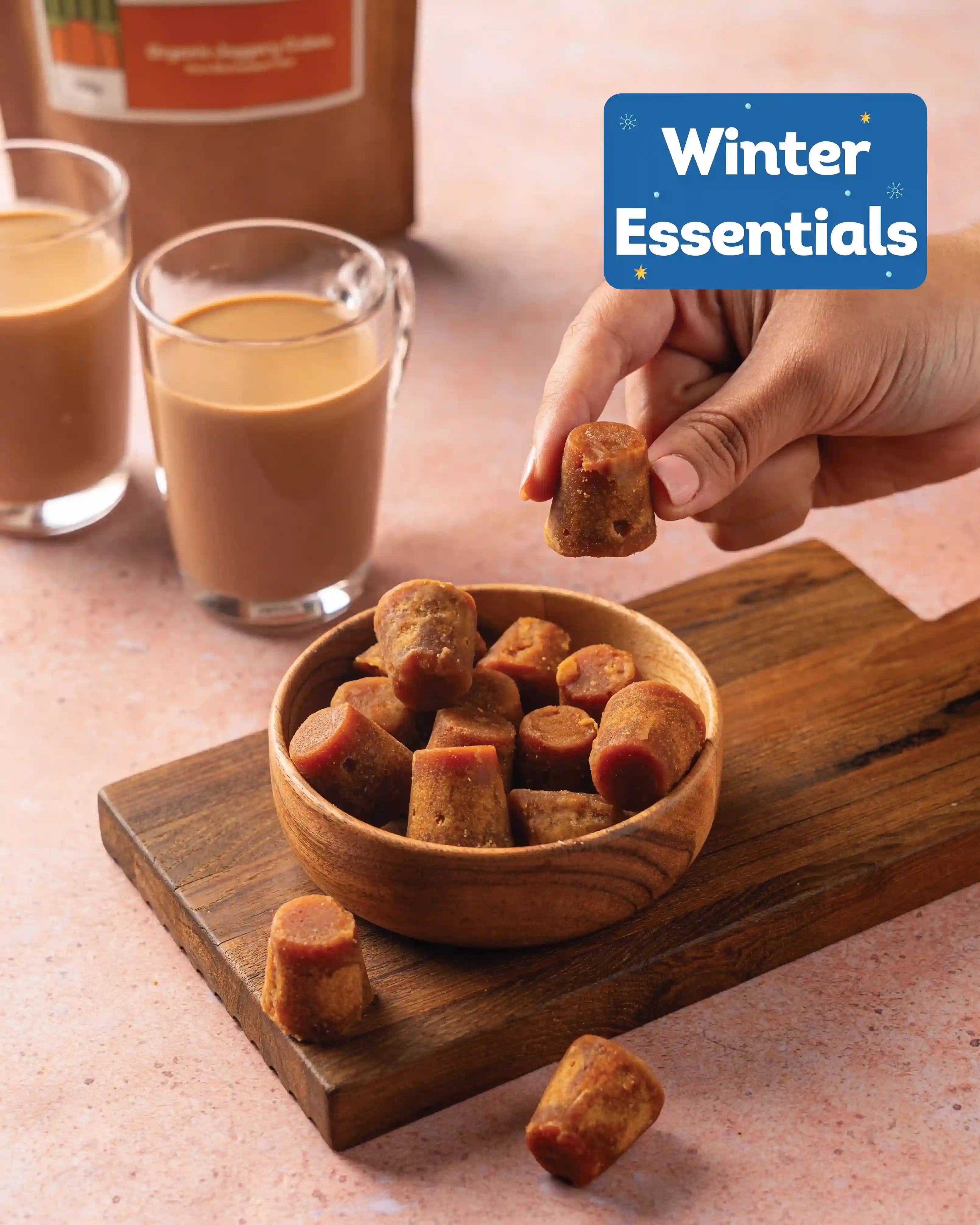
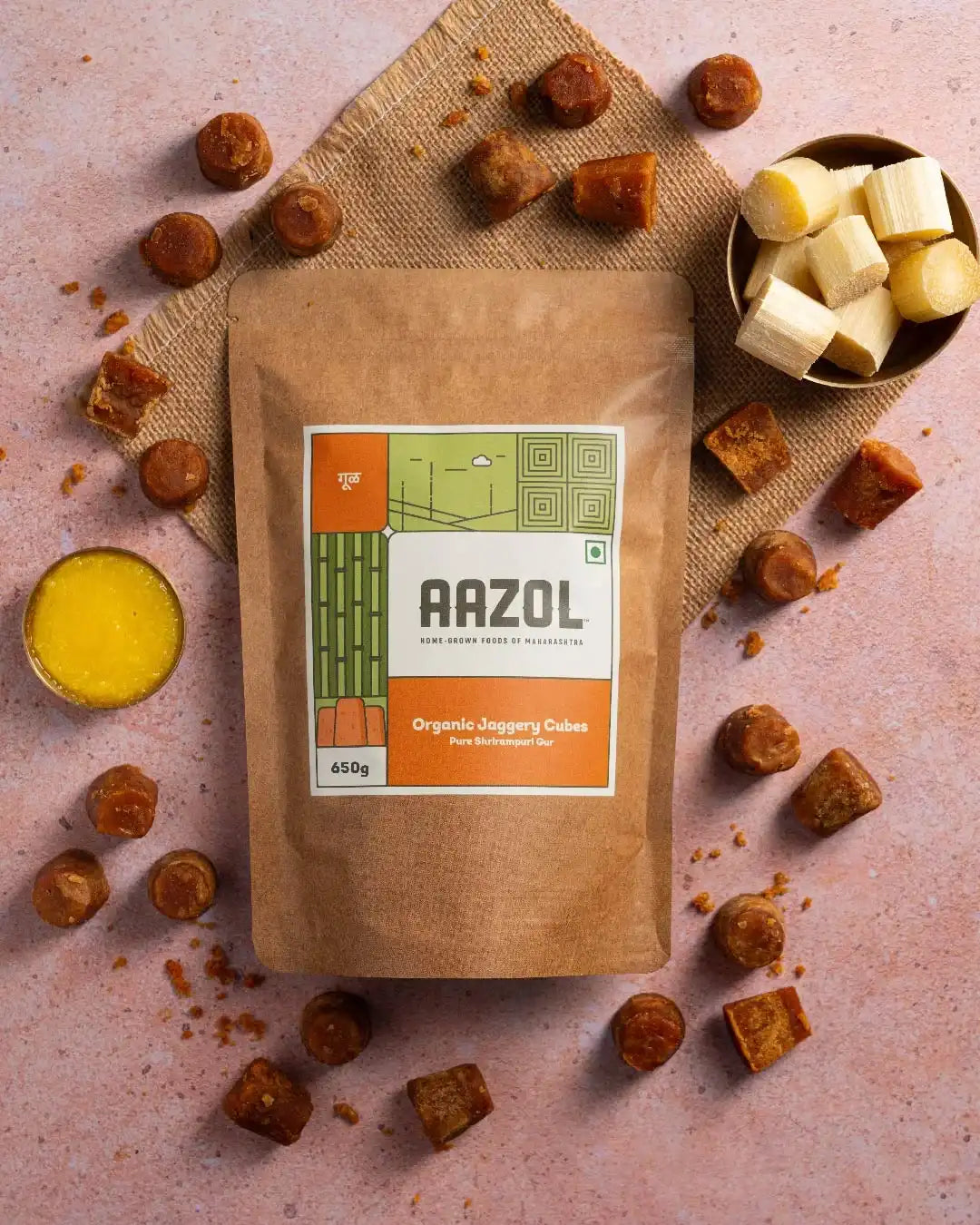
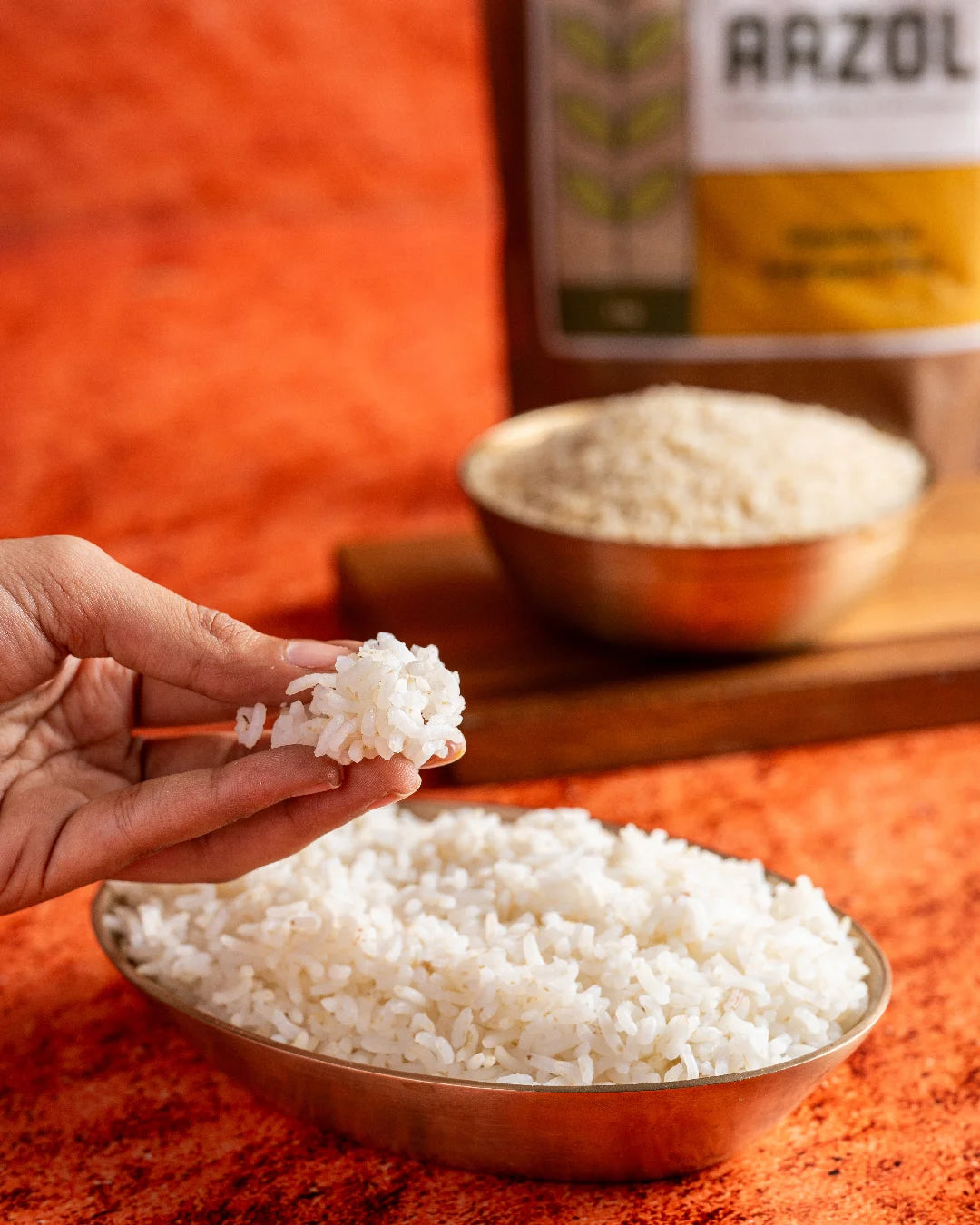
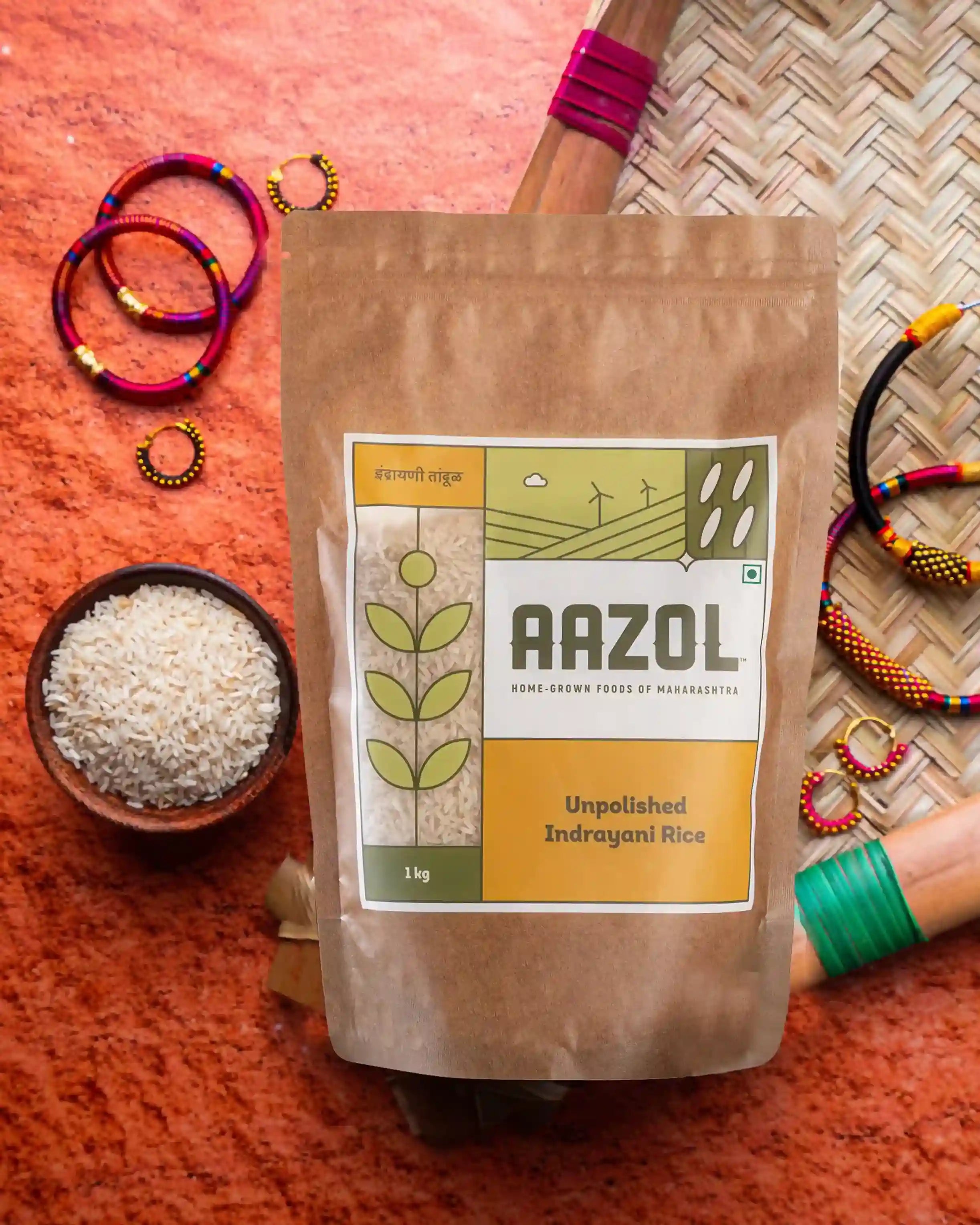
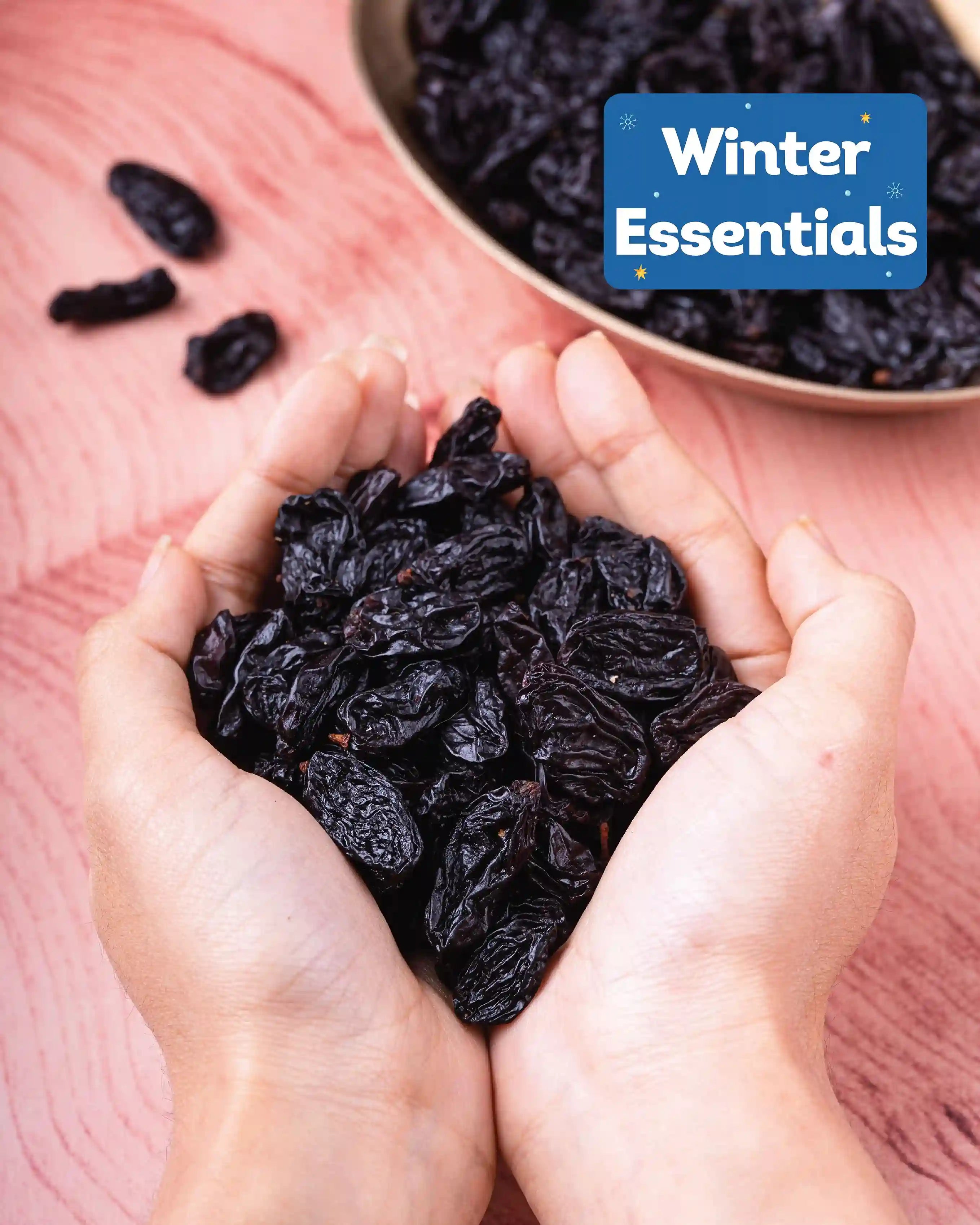
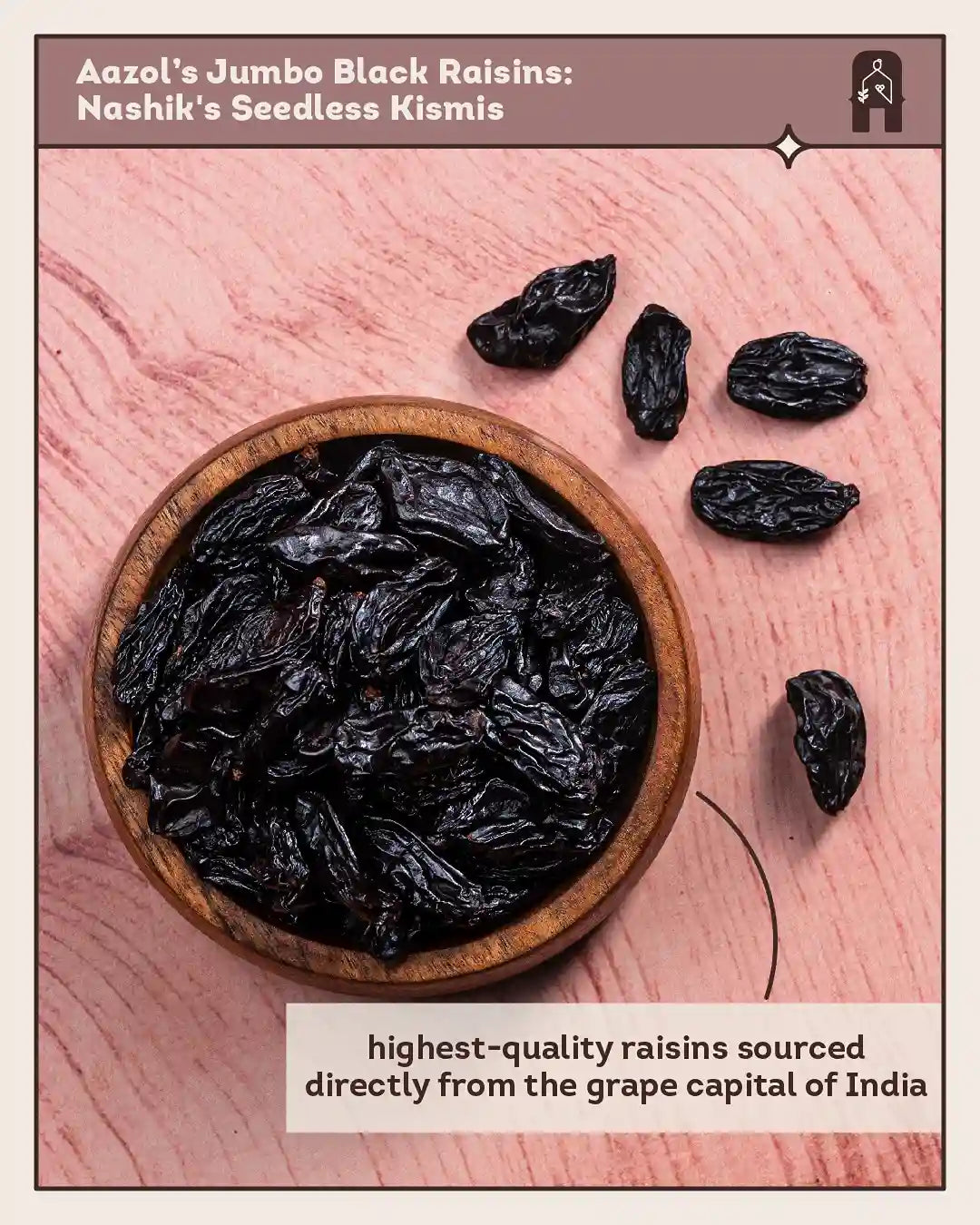
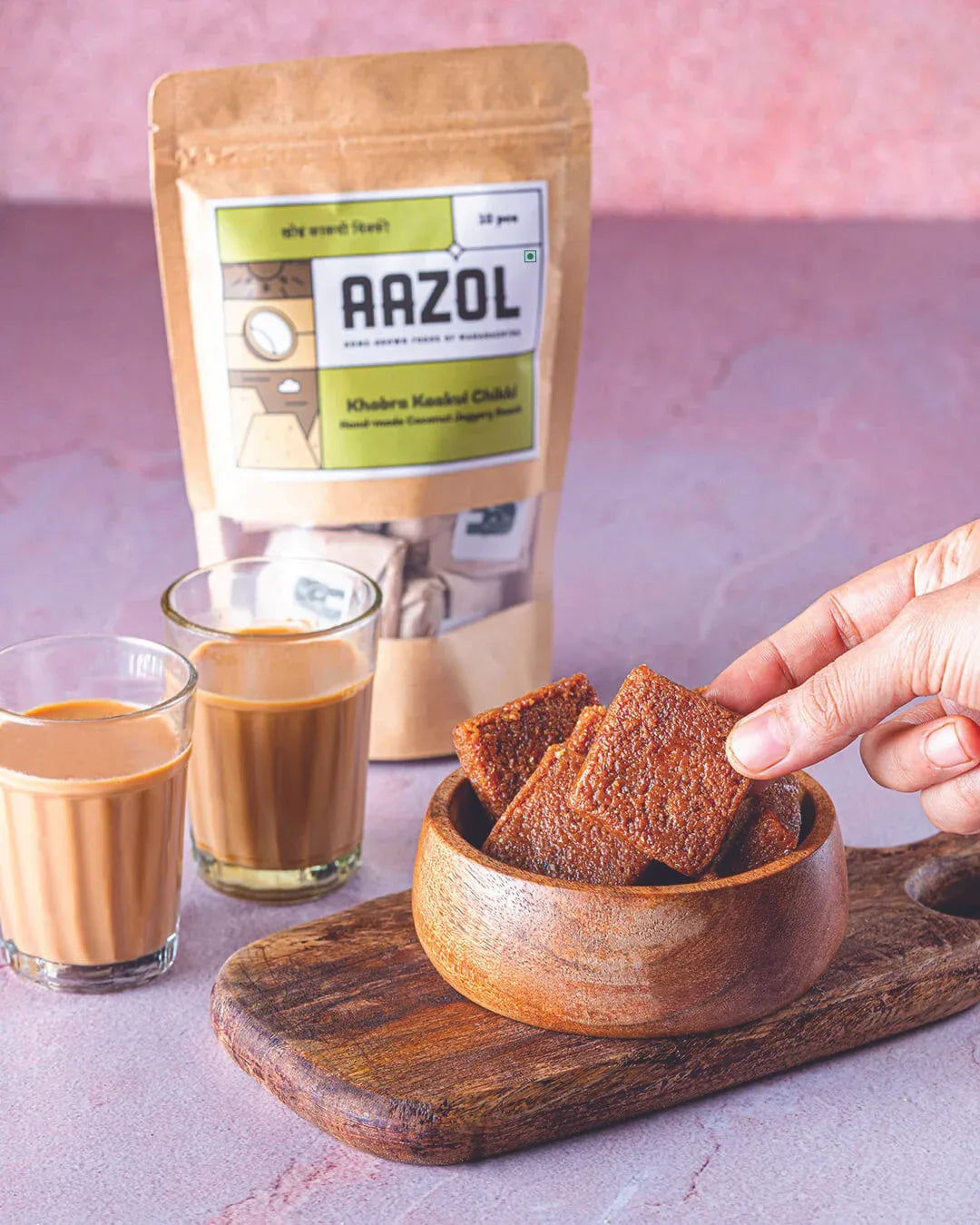
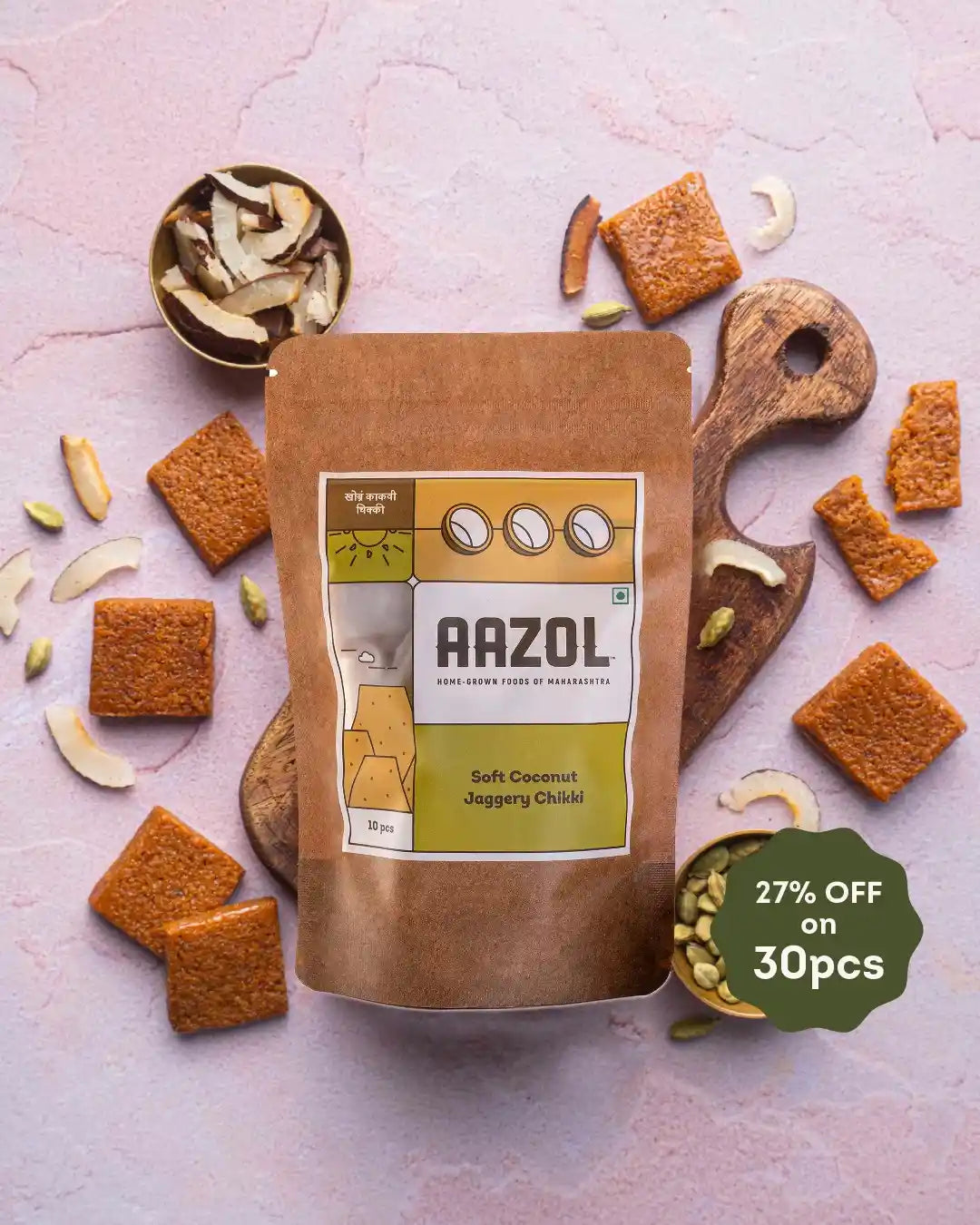
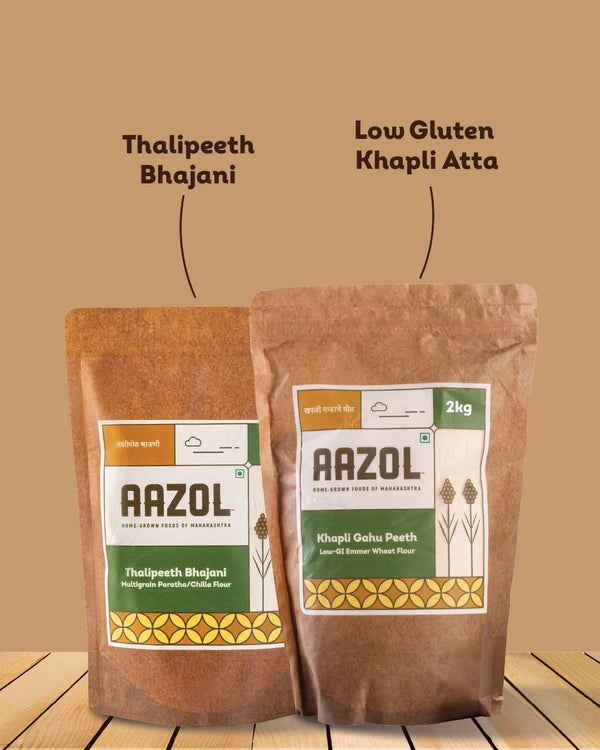
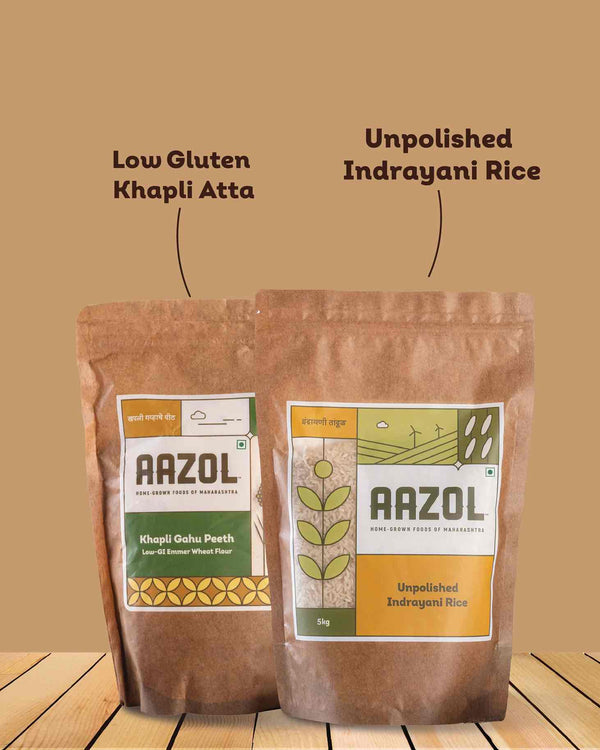
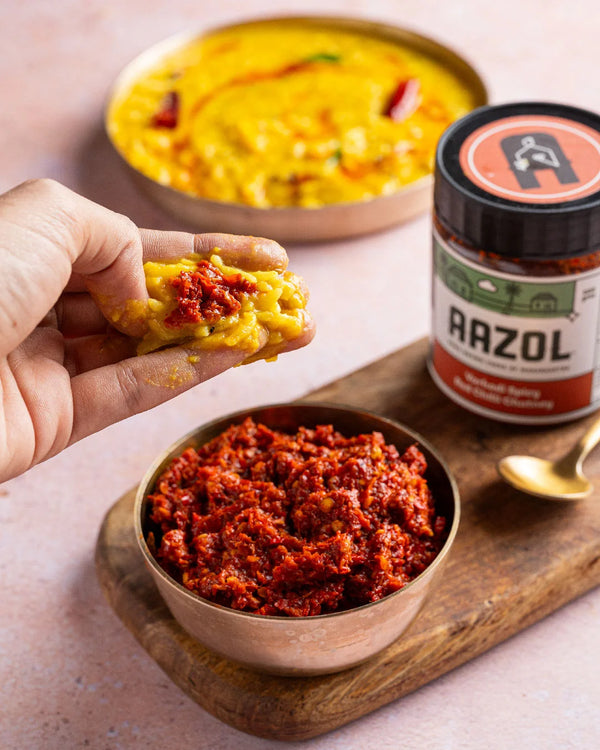
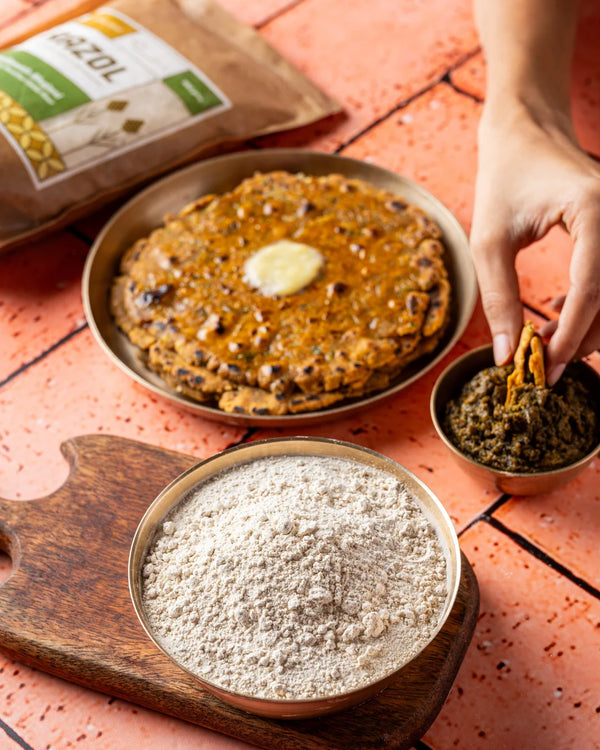
Comments (0)
Your comment may be featured to help others on a similar journey